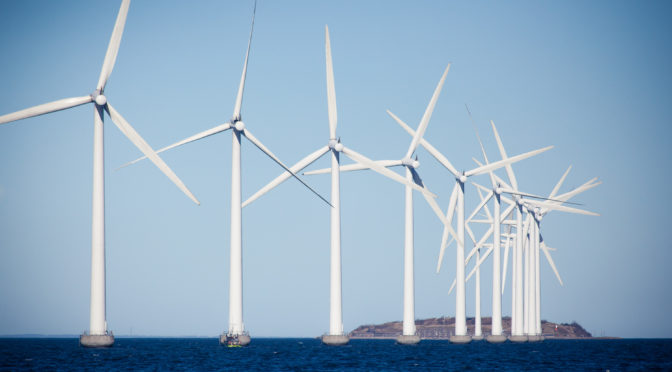Denmark has long been a pioneer in the renewable energy sector, and its commitment to sustainable energy sources has positioned the country as a global leader in the field. With a combination of innovative technologies, supportive government policies, and a strong focus on environmental responsibility, Denmark has successfully transitioned from a reliance on fossil fuels to a diverse and sustainable energy market. This success story offers valuable insights for other countries looking to follow in Denmark’s footsteps and invest in renewable energy.
One of the key factors behind Denmark’s renewable energy success is its early adoption of wind power. The country’s flat terrain and strong coastal winds make it an ideal location for wind farms, and Denmark has been harnessing this natural resource since the 1970s. Today, wind power accounts for more than 40% of the country’s electricity production, making Denmark the world leader in wind energy per capita. This impressive figure is set to increase even further, with ambitious plans to expand offshore wind capacity and reach 100% renewable energy by 2030.
Denmark’s commitment to renewable energy is not limited to wind power, however. The country has also made significant investments in solar power, biomass, and other sustainable energy sources. This diverse energy mix has allowed Denmark to maintain a stable and reliable energy supply, even as it reduces its dependence on fossil fuels. In fact, Denmark has been able to export surplus renewable energy to neighboring countries, further demonstrating the potential of a sustainable energy market.
Supportive government policies have played a crucial role in Denmark’s renewable energy success. The Danish government has consistently prioritized green energy, implementing policies and incentives that encourage both public and private investment in the sector. These policies have not only helped to drive the growth of renewable energy in Denmark but have also fostered a thriving clean technology industry. Danish companies are now global leaders in wind turbine manufacturing, smart grid solutions, and other clean technologies, creating jobs and driving economic growth.
Another key factor in Denmark’s renewable energy success is its focus on energy efficiency. The country has long recognized the importance of reducing energy consumption, and it has implemented a range of measures to promote energy efficiency in both the public and private sectors. These measures include strict building codes, energy labeling schemes, and financial incentives for energy-efficient technologies. As a result, Denmark has one of the lowest energy intensities in the European Union, meaning that it uses less energy per unit of GDP than most other countries.
Denmark’s renewable energy success has not come without challenges, however. The intermittent nature of wind and solar power means that the country must find ways to balance its energy supply and demand, particularly as it moves towards a fully renewable energy system. To address this issue, Denmark has invested heavily in smart grid technologies and energy storage solutions, as well as exploring the potential of cross-border energy trading with neighboring countries.
In conclusion, Denmark’s renewable energy success can be attributed to a combination of factors, including its early adoption of wind power, a diverse energy mix, supportive government policies, and a focus on energy efficiency. These factors have allowed Denmark to transition from a reliance on fossil fuels to a sustainable and prosperous energy market, setting an example for other countries looking to invest in renewable energy. As the world faces the urgent need to combat climate change and reduce greenhouse gas emissions, Denmark’s experience offers valuable lessons and inspiration for a more sustainable future.


